In The Kids of Catan, Klaus Teuber takes us on a deep dive into one of the many settlements that appear dotted all over the landscape of the newly colonized island. The story included in the rule book tells the tale of Billy, Jacob, and Emily: three children doing their best to assist in the building efforts using nothing but their wits, their wagons, and their big hearts.
Billy’s father is a farmer. Emily comes from a long line of brickmakers. And Jacob hopes to be a lumberjack like his father someday. Being children, they are stymied in their zeal to help out by their small stature. Seeing their eagerness and their predicament, Billy’s grandfather hits upon an idea. He builds each child a cart so that they can collect items from the surrounding lands to deliver back to their homes for smaller—but just as important—projects.
The gameplay for The Kids of Catan picks up from where the story leaves off. The players are the children from the story going out into the world and returning home with the riches they have discovered. But they’re not alone. Emily’s bigger brother Erik lurks in the woods and loves to scare little children and steal their stuff.
What a jerk!
Setup
The Kids of Catan is played on a lazy susan-esque disc, that sits on top of the component tray nestled inside of the box, and the border that surrounds it. In the middle of the disc lies the town center, an empty dirt lot completely devoid of anything other than the recessed indentations where the game’s wooden buildings will eventually be placed. Circling this is a path that has been divided into four distinct colored sections (red, yellow, blue, and white), subdivided into four indentations: one for the player’s figurine and three for the spaces of their cart. During setup, each player’s pawn is notched into place at the head of its matching colored cart.

Arranged along the border surrounding the central disc are slots for the game’s resources—wheat, brick, and wood—as well as a slot for the Erik pawn. During setup, the resources and Erik pawn are placed into their matching slots. There are a number of chunky, wooden buildings provided along with a large wooden die with pips numbering one to three. During setup, the red-roofed buildings are divided evenly between the players (the rules recommend a draft, but that isn’t strictly necessary). Then, a start player is determined and given the die. The green-roofed City Hall is set to the side.
Now you’re ready to play.
Skills For Life: It goes without saying (but I’m saying it anyway) that this game paves the way for many glorious sessions of The Settlers of Catan with your children in the future. And that will open the gates to an entire world of gaming opportunities.
Overview
On their turn, the active player will roll the large die and then turn the disc clockwise a number of times equal to the number of pips showing on the die. The easiest way to tell where to move the disc is to move it by grasping your pawn and sliding it from one slot to the next, one slot per pip. It can take a little practice to pull this off without dislodging your pawn from the space it’s been slotted into, but it quickly becomes second nature.
After the disc has been moved, any player’s pawn that has landed next to a resource may collect that resource and add it to their cart, provided they do not already have a resource of that type in their cart already. If a player should be unfortunate enough to land next to the Erik pawn, then they must return the resource at the back of their cart to one of the matching slots along the border.
Once players have collected any resources, if they have one of each type of resource in their wagon, they will return the resources to the matching slots along the border and then place one of their buildings into its matching slot in the town center. If a player has already placed all four of their buildings, then they will place City Hall into the town center and win the game. If multiple people are able to do this, then they share in the victory.
Skills For Life: Predicting the movement of the central disc and planning around it is a skill that your child can call upon in the future when playing a game of Tzolk’in: the Mayan Calendar. This game features not one, but six interlocking discs, the movement of which will determine the actions available in any given round.
Thoughts
This game has been sitting on my shelf since before my four year old son was ever born. When we learned that we were going to be having a child, my wife and I began seeking out games that we hoped to one day play with him. The Kids of Catan was one of the first that we picked up. It is, to date, the most complex game that he has ever played with us.
Not only does The Kids of Catan require the manual dexterity needed to grasp and move the chunky wooden pieces, but it also puts to test his knowledge of numbers, colors, and pattern recognition. And, even more surprisingly, for the first time ever in any game that we have played with him, The Kids of Catan even asks him to strategize.
You read that right. Strategy. In a children’s game.
Recall that whenever you empty your cart or lose a resource to Erik, you have to return the resources to their matching slots along the game’s border. Where you return these items to is entirely up to you. A sound strategist would look ahead at where their pawn is headed and place as many of these returned resources there as they can instead of in the paths of their opponents.
It isn’t much strategy, but at least it’s something.
During that first game, my wife and I watched and waited. Would Maxwell catch on to the mechanics? Would he struggle with the placement of the resources? Would he see the strategy?
As far as the actual mechanics go, Maxwell was able to catch on fairly quickly. We had to assist him the first couple of times. But thereafter he was rolling the die and counting the rotations on his own. He was even able to understand the concept that you don’t collect a thing if you already have that thing. And there were even occasions where he was parceling out my, and my wife’s, resources to us and placing them into our carts.
But, the strategy eluded him for the most part. He would randomly place the resources and occasionally, he’d place them into the most strategically advantageous spots. But, I think that came down to random chance more so than it did to it being anything intentional. I have no doubt that he’ll begin to see the strategy any day now, though. He’s a smart cookie, and he constantly surprises me every single day with some new insight he’s picked up.
I really enjoy this game. I definitely enjoy it more than some of the games he’s been obsessed with in the recent past (looking at you Catch Me!) and I’m always pleased whenever he requests to play it. Not only is it an enjoyable game to play, it’s also super cute and there’s no denying the pleasure that comes from watching your little township sprout up in the middle of the playing area.
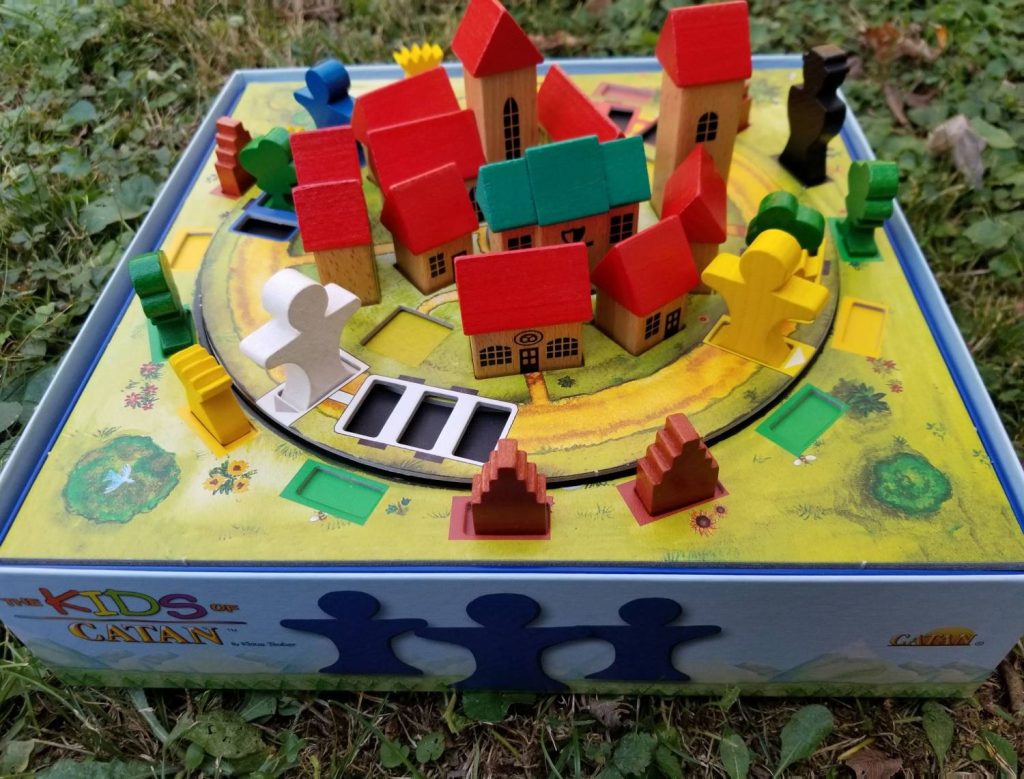
There are some aspects of this game that aren’t perfect, though. Consider the story, for instance. This is a game that can be played with four people, but there are only three characters mentioned in the story. Who is the fourth player representing? It isn’t Erik because he has his own distinct role he plays in the game. And also, the slots that the resources fit into are very loose. As a result, everything wobbles and, if the table gets bumped, the resource bits have a tendency to fall over or tumble over the edge of the playing area entirely.
But those are just minor inconveniences, tiny little quibbles that barely stack up against the immeasurable amount of fun that’s to be had in this unassuming box. When it comes to The Kids of Catan, I love it. My wife loves it. My son loves it. And we have no doubt that you and your kids will love it, too.


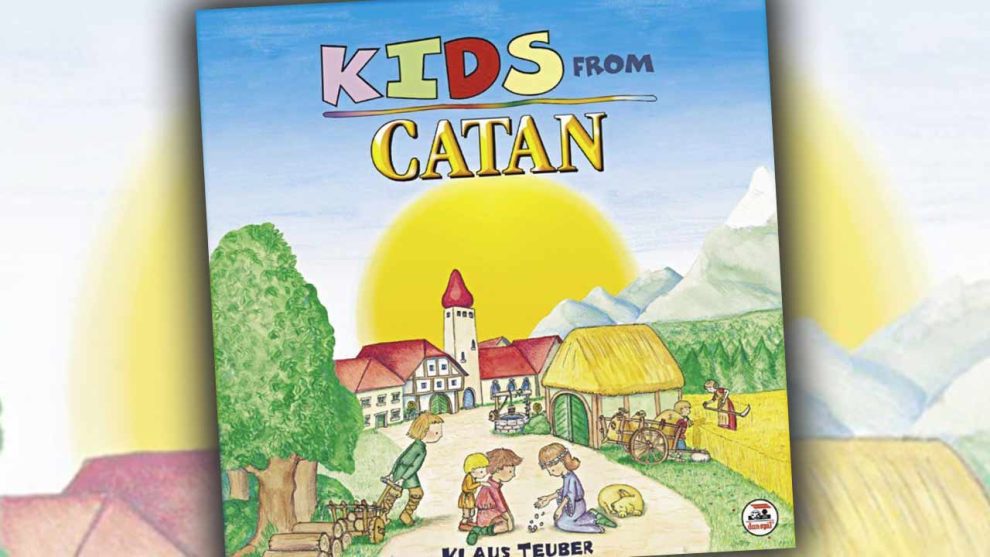


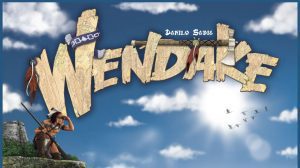
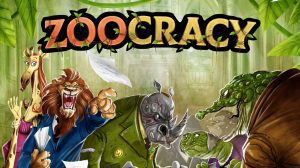
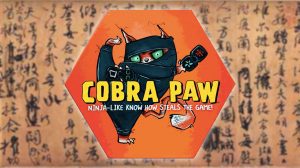




Add Comment